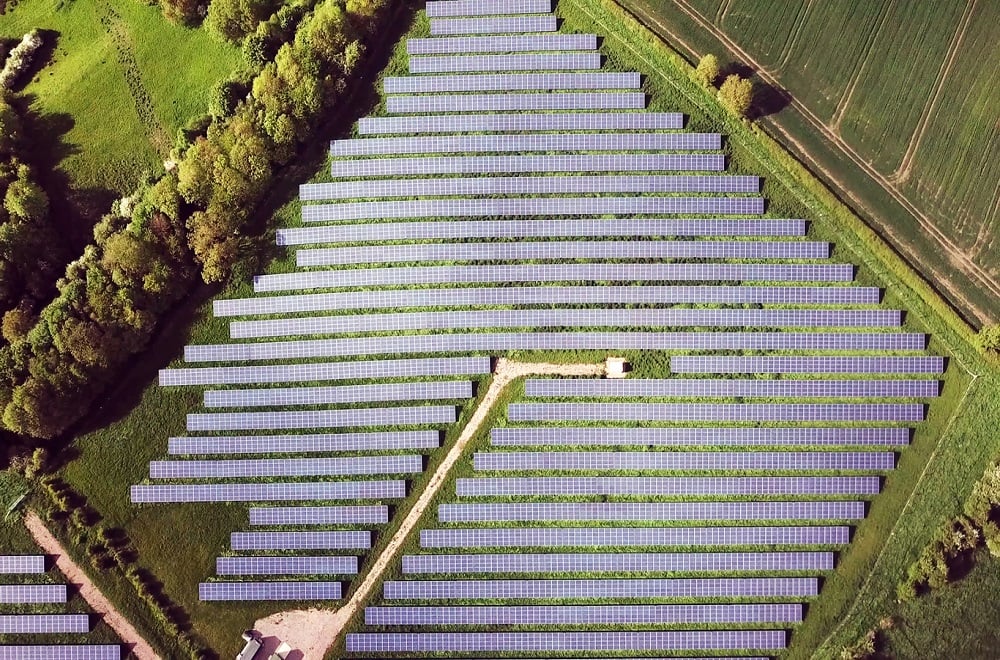Through the lifetime of power plants, their needs will evolve as changes are made to energy regulations or upgrades to the plant infrastructure. Hardware wears out or becomes antiquated and may need to be upgraded in order to keep the site running efficiently.
A system retrofit is the process of modifying or completely replacing an existing SCADA system to fit the new or changing needs of a solar PV site.
What are some reasons a retrofit may be requested or required?
O&M Vendor Switch
The primary reason our customers request a retrofit is a change in O&M vendor. The new O&M provider may have specific requirements for the HMI or need different control capabilities for the site. Nor-Cal recently worked on a retrofit project in which the control system did not have certain control modes that the new O&M vendor expected. They asked us to modify the existing system to fit their requirements for both the HMI and the different control modes.
Site Infrastructure Changes
Changes to inverters or capacity to the site may require a retrofit. Customers adding equipment to their sites typically need to modify the HMI to add the additional power blocks. They may also need extra networking equipment or data concentrators to handle the increased capacity.
Energy Storage Additions
The addition of battery storage to a site may require a more in-depth SCADA system retrofit. The control logic—and potentially the whole Power Plant Controller (PPC)—must be heavily modified or replaced to accommodate those changes.
There is rapid and exciting development happening in the area of battery storage, particularly as California must greatly expand its solar storage capacity in order to meet its 100% clean energy goal. We are coordinating with leading Battery Management System (BMS) manufacturers and integration companies to implement energy storage control requirements into our SCADA systems.
Aging Site
When the age of a solar PV site exceeds five to 10 years old, it will typically need some refreshes in order to maintain peak usability of the SCADA system. The servers may begin to experience failures after five years, and there may be software and hardware upgrades that need to happen. This would be considered more of a "refresh" than a full retrofit.
What are the benefits of retrofitting a solar and/or storage project?
The primary benefit is adding new functionality or restoring functionality back to a system that wasn't there before.
The only disadvantage is that there are unknown issues that can come up during a retrofit that weren't expressed initially. It's not unlike taking an older car to the shop for a particular repair, only to uncover hidden additional issues. When you're working with older equipment, things don't always go as planned.
What is the difference between a "retrofit" and a "rip and replacement"?
A retrofit uses as much of the existing hardware and infrastructure as possible. For example, if the networking equipment is functioning and not on the verge of a failure, we would consider a retrofit in which we change out only the servers and perhaps the controller.
A "rip and replace" is essentially starting over with an entirely new control system. It involves taking out everything that's control system related—all of the networking equipment, controller, and servers. A new system is then installed from scratch.
When would it make sense to do a "rip and replacement" instead of a retrofit? Or vice versa?
It depends on the age of the onsite equipment and what is needed in terms of changing the functionality of the site.
If the scope includes many functionality changes, it may make more sense to do a rip and replace rather than trying to make the current system work. There may be too much effort and cost to try to utilize what’s already onsite.
If the system is less than five years old and everything is working properly, then a retrofit may be the better option.
Which is more costly, a retrofit or a "rip and replacement"? What are the typical costs associated (hardware, software, service effort)?
The service effort for a retrofit or rip and replace is relatively the same. Redeveloping the HMI or modifying logic will typically take the same amount of work whether it's for a retrofit or a full replacement.
The real cost difference lies in the hardware. A rip and replace is obviously much more costly because all of the hardware must be replaced. A retrofit may run in the tens of thousands of dollars, whereas a rip and replace is a six figure type of cost.
Can a DAS system for a solar project be retrofitted?
Yes.
DAS retrofits are typically required for customers who want to switch monitoring platforms and on sites where the networking infrastructure is still good. In many of these cases, there is a proprietary data logger or controller that will not work with the new monitoring platform. Nor-Cal will typically install a new system-agnostic (non-proprietary) data logger or controller to solve this issue, without having to replace the entire infrastructure.
What are some examples of a SCADA system retrofit for a solar project?
There are different scopes when it comes to retrofits. As a provider, we have to adapt to the specific requirements of the project.
We had a request, due to an O&M provider change, to add some control functionality to a site. They wanted to keep as much of the networking and control hardware as possible, as this site was only a few years old and in good working order. To get them the control functionality they wanted we added new HMI and historian software, and then adjusted the logic on the existing controller.
Another common example of a retrofit is to replace just the HMI/operator interface. If a customer wants to switch to Ignition as their HMI software, for example, and has a server and a standard architecture for a control system, Nor-Cal can install Ignition and ensure it is integrated properly into the existing SCADA.
What relevant project experience and capabilities does Nor-Cal have to support these types of projects?
We're very adaptable when it comes to different platforms and different types of retrofit projects. Most companies want to come in and try to rip everything out and start over. We are unique in that we can use whatever the customer has onsite that they want to try to maintain. Adaptability is where we truly shine.
Our open architecture SCADA systems are also designed for adaptability. They are bolt-on compatible, meaning they scale easily by adding, upgrading or swapping components. You can read more about those advantages here.
Contact us today for your retrofit project.
If you have a retrofit project, we'd be happy to discuss different options and opportunities. Schedule a call with us today.





